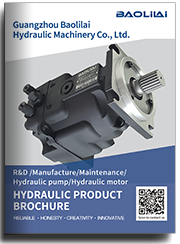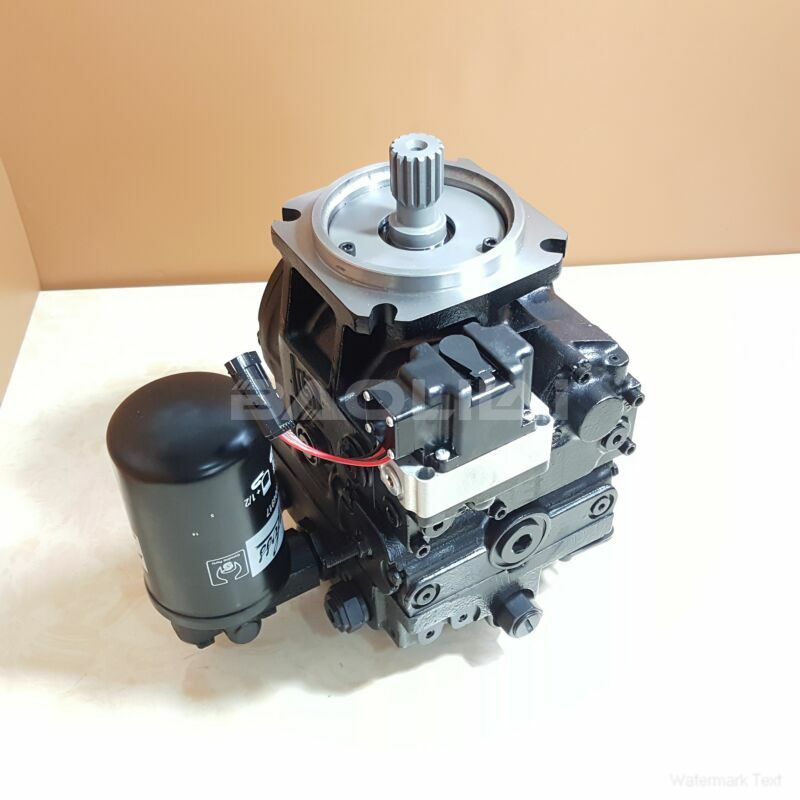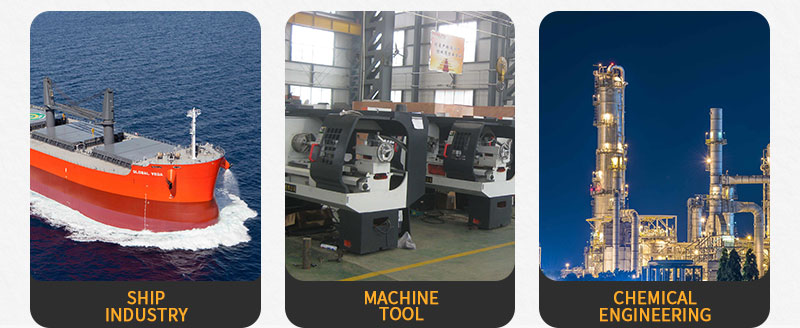90R130KA5NN80L4F1H00GBA141424 piston pump
90R130KA5NN80L4F1H00GBA141424 piston pump

- Product Details
- Applicable Scene
High-speed trains are engineering marvels that require meticulous design and sophisticated technology to ensure safety, stability, and comfort during operation. Among the critical components contributing to the efficiency and performance of these trains is the suspension system, which plays a vital role in managing forces encountered during travel. Hydraulic oil pumps are an integral part of these suspension systems, providing dynamic control and responsiveness that are essential for high-speed railway systems.
90R130-KA-5-NN-80-L-4-F1-H-00-GBA-14-14-24
90R130KA5NN80L4F1H00GBA141424
Hydraulic suspension systems are preferred in high-speed trains due to their superior ability to absorb shocks and vibrations compared to traditional mechanical systems. The primary function of hydraulic oil pumps in these systems is to maintain the appropriate pressure and flow of hydraulic fluid, enabling real-time adjustments to suspension settings in response to varying track conditions and train speeds. This adaptability is crucial as high-speed trains encounter different forces at different phases of their journey, including acceleration, braking, and cornering.

83001642
One of the key advantages of using hydraulic oil pumps in suspension systems is their capacity for active control. Unlike passive systems that rely solely on mechanical components to absorb shocks, hydraulic systems can adjust their stiffness and damping characteristics on-the-fly. For instance, when a train approaches a curve, the hydraulic oil pump can change the suspension’s firmness, effectively reducing lateral movement and enhancing stability. This results in a smoother ride for passengers and less strain on the train’s structure.
Moreover, hydraulic oil pumps contribute to the overall safety of high-speed trains. The ability to swiftly react to changes in load and track conditions minimizes the risk of derailment and ensures optimal contact between the train wheels and the track. This contact is vital not only for the safe operation of the train but also for preserving the integrity of the railway infrastructure.





